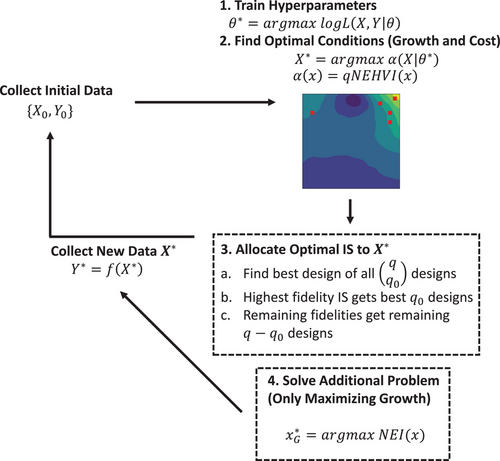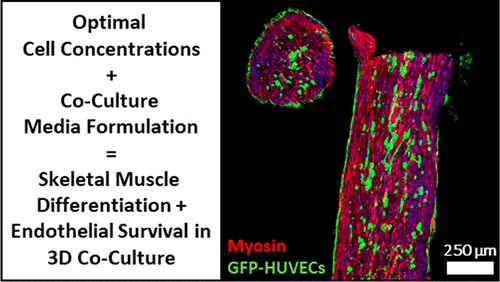- Overview
- Summary
- Funding
- Cite This Publication
Overview
Who: Edward N. O'Neill , Milla Neffling, Nick Randall, Grace Kwong, Joshua Ansel, Keith Baar, David E. Block
Published: March 31, 2023
Where: Future Foods
Key Takeaway: A comparison of how cells use nutrients in serum vs serum-free media
Research Topics:
Summary
In this publication, Edward O’Neill et al analyze spent media, or media after cells have grown in it, to study how cells use key ingredients in the media over time. This type of analysis is helpful to understand the nutritional needs of cells and ensure media is meeting those needs most efficiently. The authors compared media with 10% FBS and E8, a common serum-free media, to better understand how to replace serum. They find that cells use glucose (or sugar) and produce waste products similarly in both media types, indicating that the absence of serum does not affect glucose metabolism. FGF2, a key growth factor, is also used similarly, despite very different starting amounts in each media. However, several key amino acids are utilized differently. The authors identify multiple areas of future work to improve cell and media efficiency.
Cite This Publication
O'Neill, E. N., Neffling, M., Randall, N., Kwong, G., Ansel, J., Baar, K., & Block, D. E. (2023). The effect of serum-free media on the metabolic yields and growth rates of C2C12 cells in the context of cultivated meat production. Future Foods, 7, 100226.
You Might Also Like...

A simple and robust serum-free media for the proliferation of muscle cells
Stig Skrivergaard, Jette Feveile Young, Navid Sahebekhtiari, Cameron Semper, Meenakshi Venkatesan, Alexei Savchenko, Peter J. Stogios, Margrethe Therkildsen, Martin Krøyer Rasmussen

Multi-objective Bayesian algorithm automatically discovers low-cost high-growth serum-free media for cellular agriculture application
Zachary Cosenza, David E. Block, Keith Baar, Xingyu Chen

Optimization of Culture Media and Cell Ratios for 3D In Vitro Skeletal Muscle Tissues with Endothelial Cells
John SK Yuen Jr., Brigid M Barrick, Hailey DiCindio, Jaymie A Pietropinto, and David L Kaplan




